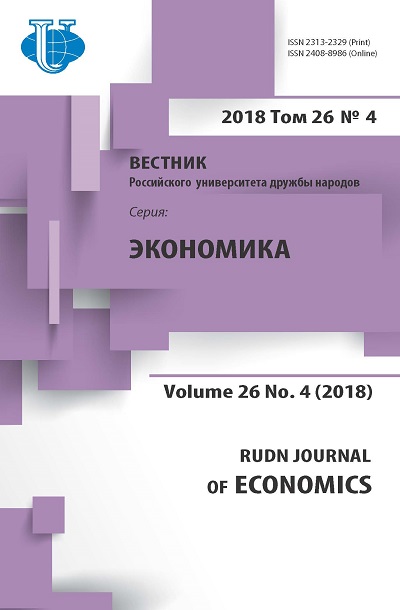Cash innovations and digital economics: reaction of the state, society and universities
- Authors: Bystryakov A.Y.1, Nenovsky N.2, Ponomarenko E.V1
-
Affiliations:
- Peoples’ Friendship University of Russia (RUDN University)
- Université de Picardie Jules Verne
- Issue: Vol 26, No 4 (2018)
- Pages: 742-759
- Section: WORLD CAPITAL MARKET
- URL: https://journals.rudn.ru/economics/article/view/20766
- DOI: https://doi.org/10.22363/2313-2329-2018-26-4-742-759
Cite item















